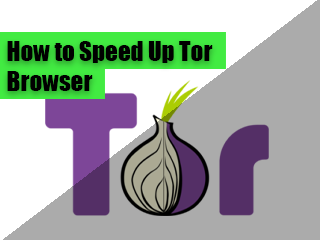1. Open your google drive.
2. Right-click on your file.
3. Click on Get Link.
4. You can choose anyone who has the link or public
5. Click on Copy link.
What is google drive?
Google Drive is a file storage and synchronization service developed by Google. Launched on April 24, 2012,
Google Drive allows users to store files in the cloud (on Google’s servers), synchronize files across devices, and share files. In addition to a web interface, Google Drive offers apps with offline capabilities for Windows and macOS computers, and Android and iOS smartphones and tablets.
Google Drive encompasses Google Docs, Google Sheets, and Google Slides, which are a part of the Google Docs Editors office suite that permits collaborative editing of documents, spreadsheets, presentations, drawings, forms, and more. Files created and edited through the Google Docs suite are saved in Google Drive.
Pricing
When it comes to storage, you get 15GB for free, shared between Drive, Gmail, and Photos. That’s enough for most people, but you can add more for a monthly or yearly subscription fee. This subscription is part of Google One and gives added benefits beyond just storage, like rebates in the Google Store and sharing storage with family members.
We’re just focusing on Google Drive pricing here, so let’s look at the raw storage. A 100GB plan will set you back $2 per month, the 200GB plan runs $3 a month, and the most extensive 2TB plan goes for $10 per month. It’s also worth noting that you can save money by paying annually. Those savings work out to about two free months of service on each plan, compared to subscribing month-to-month.
Google Drive Enterprise
Google Drive Enterprise (formerly Google Drive for Work) is a business version, as part of Google Workspace (formerly Google Apps for Work or G Suite), announced at the Google I/O conference on June 25, 2014, and made available immediately.
The service features unlimited storage, advanced file audit reporting, and eDiscovery services, along with enhanced administration control and new APIs specifically useful to businesses.



